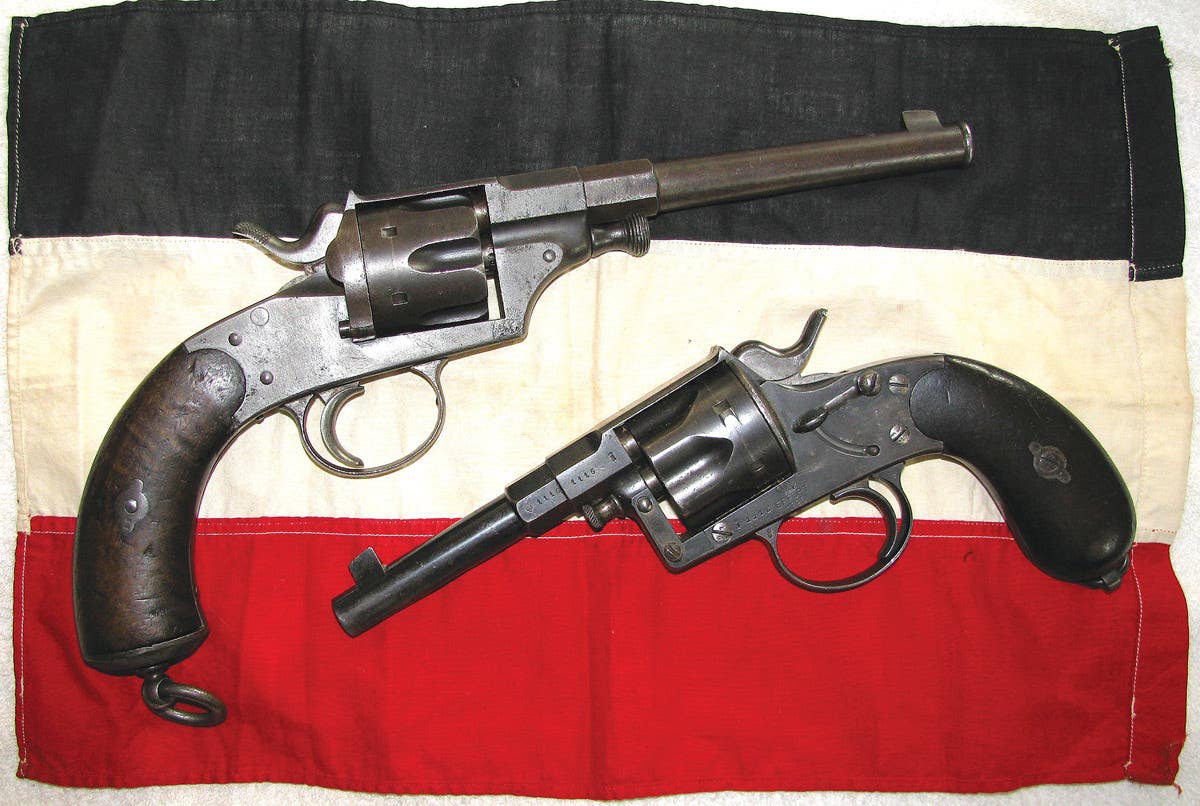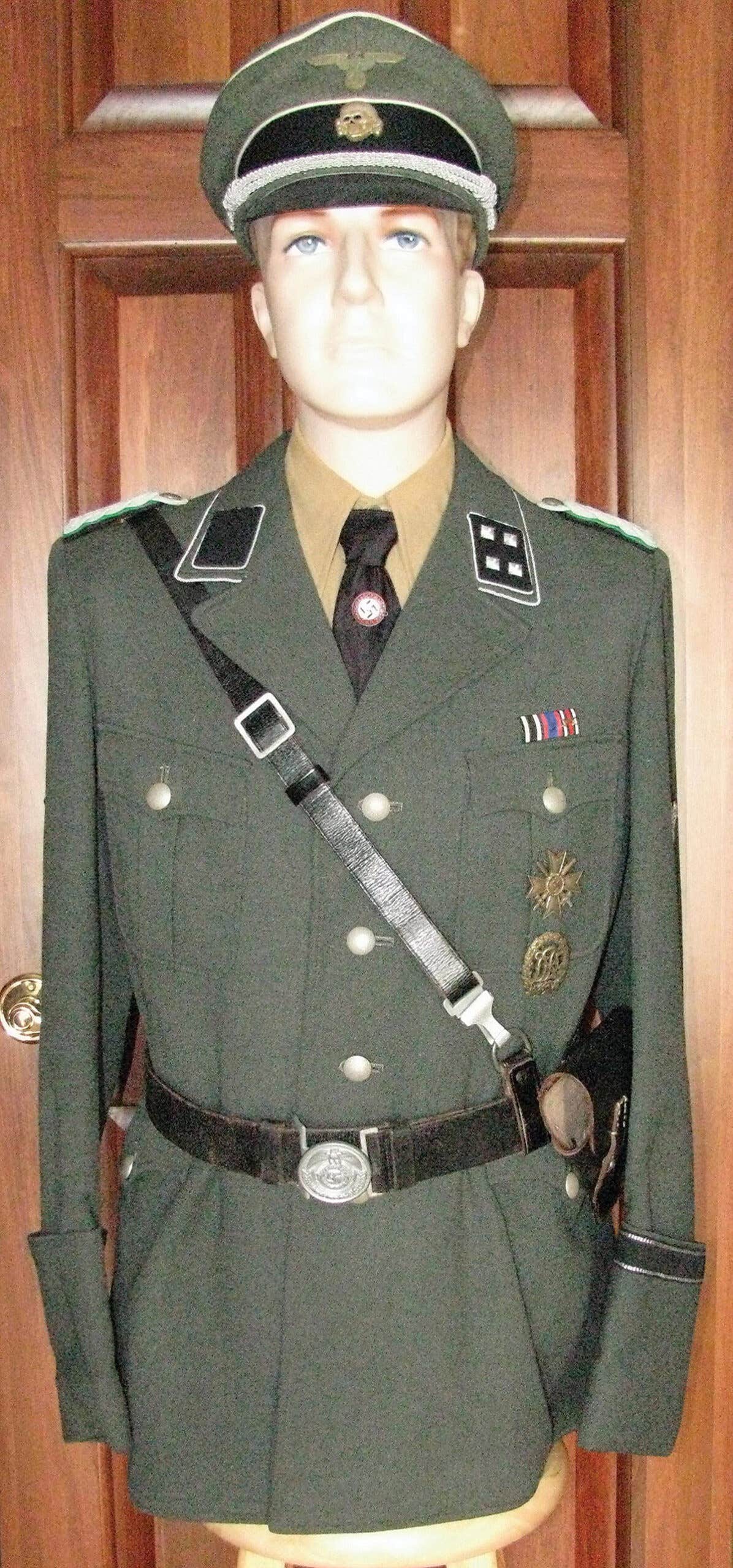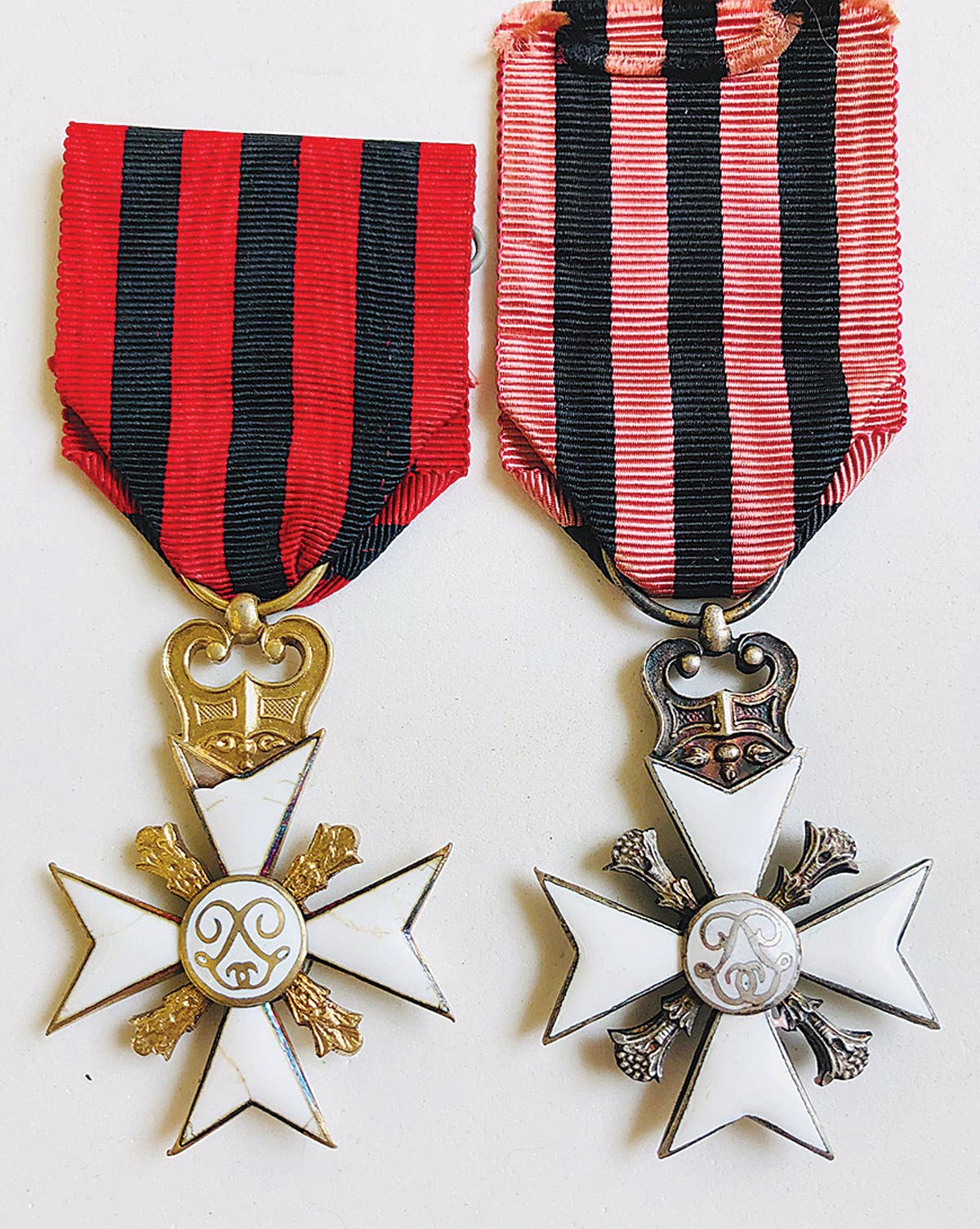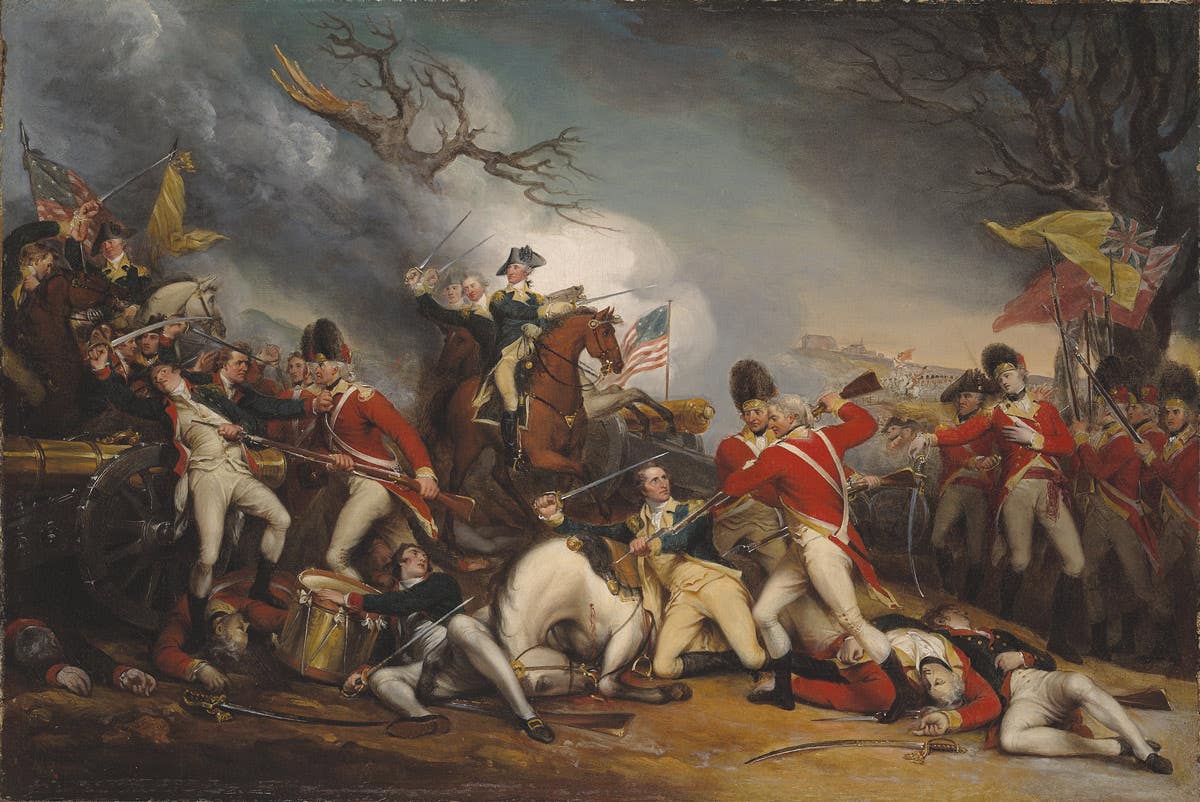Riders for the Reich
by Chris William The German armed forces of WWII were often thought of as being highly modern and up-to–date for their times. Limited resources, however, meant the daily transportation of…
by Chris William
The German armed forces of WWII were often thought of as being highly modern and up-to--date for their times. Limited resources, however, meant the daily transportation of supplies and secondary troops were often carried out as it had been for centuries before: Horses carrying soldiers and drawing wagons.
When German leaders ordered more than 3,000,000 men ordered to invade the East in Operation Barbarossa, they attacked through the inhospitable and rugged Soviet terrain. Between 600,000 and 700,000 horses accompanied the thousands of tanks and other vehicles.
Besides their use in the military, horses were vital in many aspects of German life, ranging from traditional beasts of burden in rural Germany to important parts of the nation’s sports idolatry. Horses helped to establishinternational prestige for the Third Reich when Germany swept the equestrian fields in the 1936 Olympic games, winning gold medals in all events.
The old aristocracy and wealthy of Imperial Germany along with the new Nazi regime prized the animals for riding and show. Members of the long-established elite were quickly joined by paramilitary officers such as those of the Schutzstaffel (SS) and other higher ranking NSDAP political leaders in the pursuit of the prestige and traditions surrounding equestrian sports. With the emphasis on horses growing on many facets, Hitler’s government eagerly promoted horsemanship to meet both its outward social, and clandestine military needs.
GERMAN HORSEMAN’S BADGE
In 1930, during the Weimer era, the German National Federation for the Breeding and Testing of Thoroughbreds began a program to increase general interest in horse riding. The Deutsches Reiterabzeichen (German horseman’s badge), a civilian decoration, was first awarded during this time. Under the auspice of the new Nazi government, it was recognized as a national award in 1933.
The oval shaped badge measures 52mm high by 42 mm wide and features a mounted rider on a prancing horse surrounded by an oak leaf wreath. The cut-out badge had an encircled “R” added to the wreath base sometime after its debut. The reverse has a maker’s mark, mounting pin, and catch.
The Horseman’s Badge was awarded in three classes: Gold for overall excellence in equestrian sports (with approximately 210 awards made), silver for excellence in shows and events (with more than 6,000 awards made), and bronze for horse racing achievements (with more than 61,000 awards made). Each badge was presented to the recipient in a box accompanied by a miniature version and an elaborate award document.
Awards could be worn onthe lower left breast panel of political or paramilitary uniforms, and, after 1936, on military uniforms. The miniature badge could be worn as a lapel pin when the recipient was in civilian clothing.
GERMAN YOUTH HORSEMAN’S BADGE
Boys under the age of 17 could earn the Deutsches Jugend-Reiterabzeichen (German youth horseman’s badge) for excellence in horsemanship and competition. This bronze-colored badge was similar in design to the adult version, but was solid- backed and round-shaped rather than a cut-out oval. From its inception to the end of the regime, only about 11,000 badges were awarded.
GERMAN DRIVER’S BADGE
A less commonly encountered award is the Deutsches Fahrer-Abzeichen (German drivers’ badge). This badge was awarded for success and achievement during horse driving events. The badge measures 51.5mm by 41mm and takes the form of a driver on a chariot pulled by a team of galloping horses surrounded by an oval oak leaf wreath. An encircled letter “R” is mounted at the base of the wreath. The badge was attached by a pin-back fastener and a C-shaped catch on the reverse.
The badgecame in three classes: Gold (with less than 70 given), silver (with fewer than 2,000 awarded), and bronze (with slightly more than 17,000 awards bestowed). Worn on the lower left breast panel of the recipients’ uniform, each award came with an elaborate document.
GERMAN CARE OF HORSES AWARD
One of the rarest German national awards for equestrian sports was the Deutsches Pferdepflegerabzeichen (German care of horses award). This round, pin-back badge featured the cut-out silhouette of a trotting horse next to a running man, all surrounded by an oak leaf border. As with the other badges, itfeatured contained an encircled “R” on the base.
The badge was given for a combination of time in stable service (between 10 to 20 years employment at a single establishment), the training and breeding of top competitive stock, and overall excellence in the care of horses. The three graduated grades of bronze, silver and gold each testified to the recipient’s long term efforts to breed and care for the best-in-show and competition. With the long years of required service and other stringent prerequisites needed for the awards, very few were given to the men who helped foster the Nazi version of the “sport of kings.”
With the fall of the Third Reich in 1945, horsemanship and equestrian sports took a back seat to the more crucial aspects of rebuilding the German country into a democracy. By the early 1950s, the German people’s love for horses and horsemanship revitalized. Along with it, began a new generation ofequestrian badges for the expert riding and the care of sporting horses.
Chris William has been a long-time member of the collecting community, contributor to Military Trader, and author of the book, Third Reich Collectibles: Identification and Price Guide.
"I love to learn new facts about the world wars, and have had the good fortune to know many veterans and collectors over the years."
"Please keep their history alive to pass on to future generations".







